|
Your search criteria found 985 images Feature Name |
| My List |
Addition Date
|
Target | Mission | Instrument | Size |

|
2006-12-08 |
Spitzer Space Telescope |
IRAC |
3000x2141x3 | |
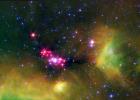
|
|||||

|
2006-12-18 |
Spitzer Space Telescope |
644x481x3 | ||
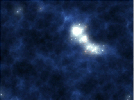
|
|||||

|
2006-12-18 |
Spitzer Space Telescope |
IRAC |
2430x1525x3 | |
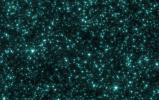
|
|||||

|
2006-12-21 | S Rings |
Cassini-Huygens |
ISS - Wide Angle |
1008x1008x1 |
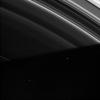
|
|||||

|
2007-01-09 |
Hubble Space Telescope Spitzer Space Telescope |
IRAC Multiband Imaging Photometer (MIPS) |
2100x2400x3 | |

|
|||||

|
2007-01-09 |
Spitzer Space Telescope |
IRAC Multiband Imaging Photometer (MIPS) |
2100x2400x3 | |

|
|||||

|
2007-01-09 |
Hubble Space Telescope Spitzer Space Telescope |
IRAC Multiband Imaging Photometer (MIPS) |
2394x2571x3 | |

|
|||||

|
2007-01-16 |
Galaxy Evolution Explorer (GALEX) Spitzer Space Telescope |
IRAC |
975x700x3 | |
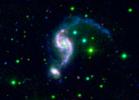
|
|||||

|
2007-01-22 | S Rings |
Cassini-Huygens |
ISS - Wide Angle |
886x847x1 |

|
|||||

|
2007-01-26 |
Spitzer Space Telescope |
3000x2400x3 | ||
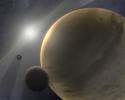
|
|||||

|
2007-01-26 |
Spitzer Space Telescope |
IRAC |
720x720x3 | |
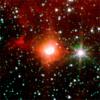
|
|||||

|
2007-02-09 | S Rings |
Cassini-Huygens |
ISS - Narrow Angle |
635x807x1 |

|
|||||

|
2007-02-12 | Helix Nebula |
Spitzer Space Telescope |
IRAC Multiband Imaging Photometer (MIPS) |
4279x3559x3 |
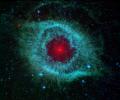
|
|||||

|
2007-02-21 |
Spitzer Space Telescope |
3000x2400x3 | ||
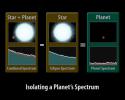
|
|||||

|
2007-02-21 |
Spitzer Space Telescope |
3000x2400x3 | ||
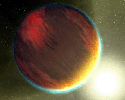
|
|||||

|
2007-03-07 | Z Camelopardalis |
Galaxy Evolution Explorer (GALEX) |
Far-ultraviolet Detector |
1800x1800x3 |
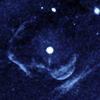
|
|||||

|
2007-03-07 | Z Camelopardalis |
Galaxy Evolution Explorer (GALEX) |
Far-ultraviolet Detector Near-ultraviolet Detector |
1800x1800x3 |
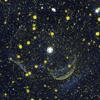
|
|||||

|
2007-03-20 | Saturn |
Cassini-Huygens |
ISS - Narrow Angle |
1016x1016x1 |
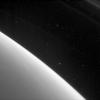
|
|||||

|
2007-03-23 | S Rings |
Cassini-Huygens |
ISS - Narrow Angle |
872x329x1 |
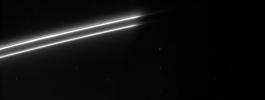
|
|||||

|
2007-03-29 | Atlas |
Cassini-Huygens |
ISS - Narrow Angle |
602x818x1 |

|
|||||

|
2007-03-29 |
Spitzer Space Telescope |
IRAC |
3000x2400x3 | |
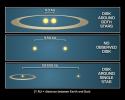
|
|||||

|
2007-03-29 |
Spitzer Space Telescope |
3000x2000x3 | ||

|
|||||

|
2007-03-29 |
Spitzer Space Telescope |
3000x2400x3 | ||
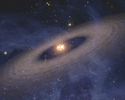
|
|||||

|
2007-04-02 | Pluto |
New Horizons |
LORRI |
900x900x3 |
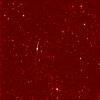
|
|||||

|
2007-04-02 | Pluto |
New Horizons |
LORRI |
900x900x3 |
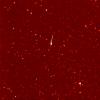
|
|||||

|
2007-04-02 | Pluto |
New Horizons |
LORRI |
896x896x3 |
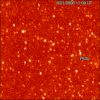
|
|||||

|
2007-04-16 | Pleiades |
Spitzer Space Telescope |
IRAC |
2855x2855x3 |
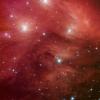
|
|||||

|
2007-04-16 | Pleiades |
Spitzer Space Telescope |
IRAC Multiband Imaging Photometer (MIPS) |
2855x2855x3 |
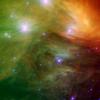
|
|||||

|
2007-04-18 | Enceladus |
Cassini-Huygens |
ISS - Narrow Angle |
1008x1008x1 |
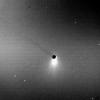
|
|||||

|
2007-04-18 | Rosette Nebula |
Spitzer Space Telescope |
3300x2400x3 | |
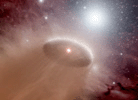
|
|||||

|
2007-04-18 | Rosette Nebula |
Spitzer Space Telescope |
IRAC |
1669x1439x3 |
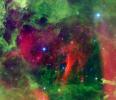
|
|||||

|
2007-04-18 | Rosette Nebula |
Spitzer Space Telescope |
IRAC |
639x479x3 |
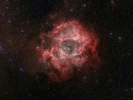
|
|||||

|
2007-05-01 |
Galaxy Evolution Explorer (GALEX) |
GALEX Telescope |
2250x2550x3 | |

|
|||||

|
2007-05-01 |
Spitzer Space Telescope |
IRAC Visible Light |
2838x948x3 | |
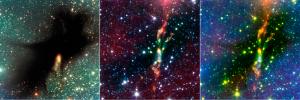
|
|||||

|
2007-05-02 | S Rings |
Cassini-Huygens |
ISS - Wide Angle |
508x508x1 |
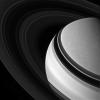
|
|||||

|
2007-05-09 | HD 189733b |
Spitzer Space Telescope |
IRAC |
640x473x3 |
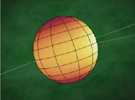
|
|||||

|
2007-05-17 | Barnard 30 |
Spitzer Space Telescope |
IRAC Multiband Imaging Photometer (MIPS) |
3182x1282x3 |
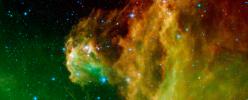
|
|||||

|
2007-05-17 | Barnard 30 |
Spitzer Space Telescope |
IRAC |
3086x1711x3 |
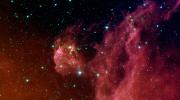
|
|||||

|
2007-05-30 |
Spitzer Space Telescope |
2400x3000x3 | ||

|
|||||

|
2007-05-30 |
Spitzer Space Telescope |
3000x2400x3 | ||
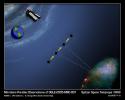
|
|||||

|
2007-06-01 | Messier 81 |
Galaxy Evolution Explorer (GALEX) Hubble Space Telescope Spitzer Space Telescope |
GALEX Telescope Infrared Array Camera (IRAC) Visible Light |
3180x2456x3 |

|
|||||

|
2007-06-13 | N132D |
Spitzer Space Telescope |
Chandra X-ray Telescope Infrared Array Camera (IRAC) Multiband Imaging Photometer (MIPS) |
1806x1200x3 |
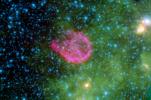
|
|||||

|
2007-06-20 | NGC 362 |
Galaxy Evolution Explorer (GALEX) |
Far-ultraviolet Detector Near-ultraviolet Detector |
2250x2550x3 |

|
|||||

|
2007-07-12 | S Rings |
Cassini-Huygens |
ISS - Wide Angle |
1020x967x1 |
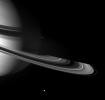
|
|||||

|
2007-07-18 | Rhea |
Cassini-Huygens |
ISS - Narrow Angle |
512x512x1 |
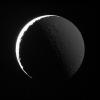
|
|||||

|
2007-07-24 | S Rings |
Cassini-Huygens |
Imaging Science Subsystem |
1024x1024x1 |
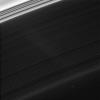
|
|||||

|
2007-07-24 |
Spitzer Space Telescope |
3000x2400x3 | ||
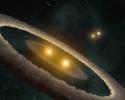
|
|||||

|
2007-08-06 | CL0958+4702 |
Spitzer Space Telescope |
IRAC |
690x690x3 |
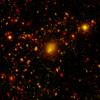
|
|||||

|
2007-08-06 | CL0958+4702 |
Spitzer Space Telescope |
3000x2400x3 | |
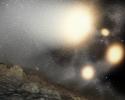
|
|||||

|
2007-08-06 | CL0958+4702 |
Spitzer Space Telescope |
3000x2400x3 | |
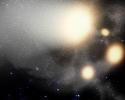
|
|||||

|
2007-08-15 | Mira |
Galaxy Evolution Explorer (GALEX) |
Ultraviolet/Visible Camera |
6000x1500x3 |

|
|||||

|
2007-08-15 | Mira |
Galaxy Evolution Explorer (GALEX) |
Ultraviolet/Visible Camera |
1569x800x3 |
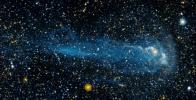
|
|||||

|
2007-08-15 | Mira |
Galaxy Evolution Explorer (GALEX) |
Ultraviolet/Visible Camera |
717x478x3 |
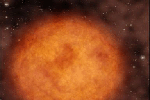
|
|||||

|
2007-08-15 | Mira |
Galaxy Evolution Explorer (GALEX) |
Ultraviolet/Visible Camera |
1569x1600x3 |

|
|||||

|
2007-08-29 | NGC 1333 |
Spitzer Space Telescope |
IRAC |
3000x2400x3 |
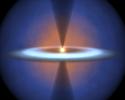
|
|||||

|
2007-09-13 |
Spitzer Space Telescope |
IRAC Chandra X-ray Telescope |
3300x3300x3 | |
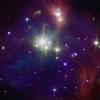
|
|||||

|
2007-09-13 |
Spitzer Space Telescope |
IRAC |
3300x3300x3 | |
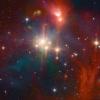
|
|||||

|
2007-09-24 |
NuSTAR |
NuSTAR |
1024x768x3 | |
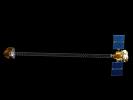
|
|||||

|
2007-10-03 |
Spitzer Space Telescope |
3000x2400x3 | ||
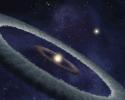
|
|||||

|
2007-10-09 |
Spitzer Space Telescope |
Infrared Spectrograph (IRS) |
2865x1749x3 | |
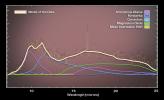
|
|||||

|
2007-10-09 |
Spitzer Space Telescope |
Infrared Spectrograph (IRS) |
3000x2400x3 | |

|
|||||

|
2007-10-22 |
Spitzer Space Telescope |
Infrared Spectrometer (IRS) |
2997x1689x3 | |
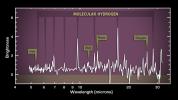
|
|||||

|
2007-10-22 |
Spitzer Space Telescope |
IRAC |
2084x2302x3 | |

|
|||||

|
2007-10-25 |
Spitzer Space Telescope |
3000x2400x3 | ||
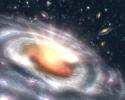
|
|||||

|
2007-11-06 | 55 Cancri |
PlanetQuest |
720x540x3 | |
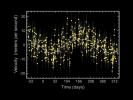
|
|||||

|
2007-11-06 | 55 Cancri |
PlanetQuest |
1435x939x3 | |
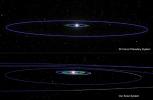
|
|||||

|
2007-11-08 | HH 46/47 |
Spitzer Space Telescope |
IRAC |
2000x1600x3 |
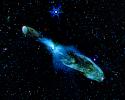
|
|||||

|
2007-11-14 |
Galaxy Evolution Explorer (GALEX) |
3000x2400x3 | ||
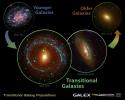
|
|||||

|
2007-11-21 | S Rings |
Cassini-Huygens |
ISS - Wide Angle |
838x651x3 |
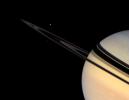
|
|||||

|
2007-11-28 | UX Tau A |
Spitzer Space Telescope |
3000x2400x3 | |
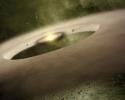
|
|||||

|
2007-11-29 | L1157 |
Spitzer Space Telescope |
IRAC |
1171x1444x3 |

|
|||||

|
2007-12-13 | M51 |
Galaxy Evolution Explorer (GALEX) Spitzer Space Telescope |
IRAC Ultraviolet/Visible Camera |
1978x2850x3 |

|
|||||

|
2007-12-20 | Cassiopeia A |
Spitzer Space Telescope |
Infrared Spectrograph (IRS) |
960x960x3 |
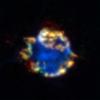
|
|||||

|
2007-12-20 | Cassiopeia A |
Spitzer Space Telescope |
Infrared Spectrograph (IRS) |
3000x2400x3 |
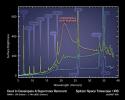
|
|||||

|
2008-01-10 | NGC 3621 |
Spitzer Space Telescope |
Infrared Spectrograph (IRS) |
3000x2400x3 |
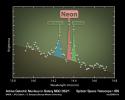
|
|||||

|
2008-01-24 | Pluto |
New Horizons |
LORRI |
649x648x3 |
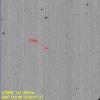
|
|||||

|
2008-01-25 | Abell 1763 |
Spitzer Space Telescope |
2688x1962x3 | |
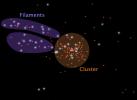
|
|||||

|
2008-02-11 | S Rings |
Cassini-Huygens |
ISS - Narrow Angle |
756x856x1 |

|
|||||

|
2008-02-11 | Rho Ophiuchi |
Spitzer Space Telescope |
IRAC Multiband Imaging Photometer (MIPS) |
6020x2905x3 |
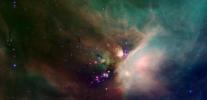
|
|||||

|
2008-02-11 | Rho Ophiuchi |
Spitzer Space Telescope |
IRAC |
6020x2905x3 |
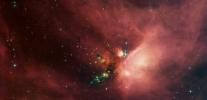
|
|||||

|
2008-02-12 | Abell 1689 |
Hubble Space Telescope Spitzer Space Telescope |
Advanced Camera for Surveys Infrared Array Camera (IRAC) NICMOS |
3813x3367x3 |
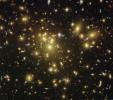
|
|||||

|
2008-03-06 | S Rings |
Cassini-Huygens |
ISS - Narrow Angle |
980x882x1 |
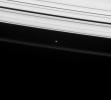
|
|||||

|
2008-03-07 | S Rings |
Cassini-Huygens |
ISS - Wide Angle |
914x1018x1 |

|
|||||

|
2008-03-26 | Enceladus |
Cassini-Huygens |
Composite Infrared Spectrometer |
2240x2254x3 |

|
|||||

|
2008-03-27 | HD 189733b |
Hubble Space Telescope |
NICMOS |
4000x3000x3 |
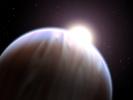
|
|||||

|
2008-04-10 | Omega Centauri |
Spitzer Space Telescope |
IRAC Multiband Imaging Photometer (MIPS) |
1400x1400x3 |
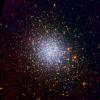
|
|||||

|
2008-04-16 | Messier 83 |
Galaxy Evolution Explorer (GALEX) |
GALEX Telescope Very Large Array (VLA) |
2852x2852x3 |
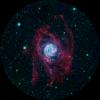
|
|||||

|
2008-04-16 | Messier 83 |
Galaxy Evolution Explorer (GALEX) |
GALEX Telescope |
2852x2852x3 |
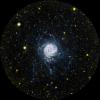
|
|||||

|
2008-04-24 |
Hubble Space Telescope |
WFPC2 |
2289x2289x3 | |
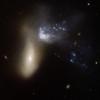
|
|||||

|
2008-04-24 |
Hubble Space Telescope |
WFPC2 |
1669x1669x3 | |
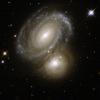
|
|||||

|
2008-04-24 |
Hubble Space Telescope |
WFPC2 |
3271x1828x3 | |
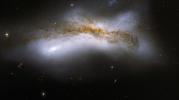
|
|||||

|
2008-04-24 |
Hubble Space Telescope |
WFPC2 |
3481x3481x3 | |
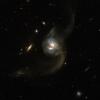
|
|||||

|
2008-04-25 | Dione |
Cassini-Huygens |
ISS - Narrow Angle |
607x605x1 |
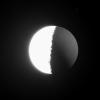
|
|||||

|
2008-04-28 |
Galaxy Evolution Explorer (GALEX) |
3840x3840x3 | ||
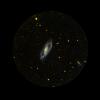
|
|||||

|
2008-05-28 | Pan |
Cassini-Huygens |
ISS - Narrow Angle |
991x816x1 |
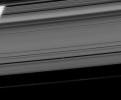
|
|||||

|
2008-05-28 |
Spitzer Space Telescope |
IRAC Infrared Spectrograph (IRS) MIPS |
925x925x3 | |
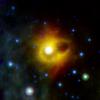
|
|||||

|
2008-05-29 | Cassiopeia A |
Spitzer Space Telescope |
5000x4965x3 | |
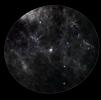
|
|||||

|
2008-06-03 | Milky Way |
Spitzer Space Telescope |
5600x5600x3 | |
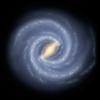
|
|||||

|
2008-06-03 | Milky Way |
Spitzer Space Telescope |
IRAC |
14400x10800x3 |
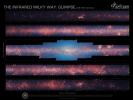
|
|||||

|
2008-06-03 | Milky Way |
Spitzer Space Telescope |
IRAC MIPS |
14400x10800x3 |
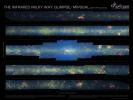
|
|||||

|
 |
 |
 |
 |
 |
 |
 |
 |
 |
 |

|
| 1-100 | 101-200 | 201-300 | 301-400 | 401-500 | 501-600 | 601-700 | 701-800 | 801-900 | 901-1000 |
| Currently displaying images: 201 - 300 of 985 |